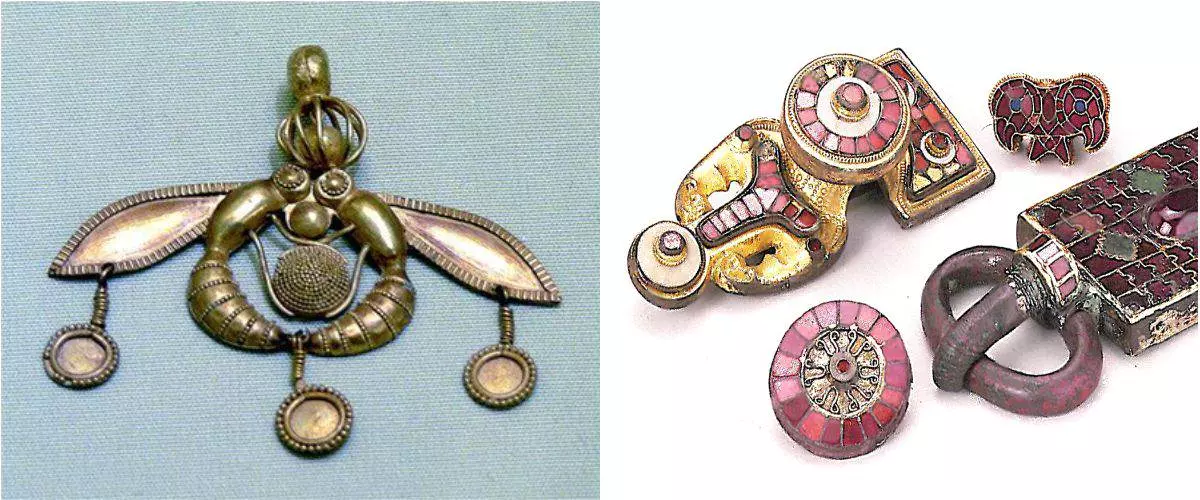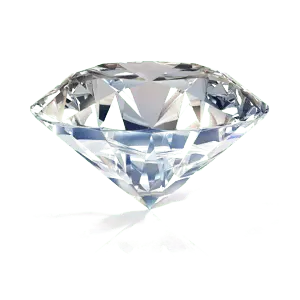The jewellery creations of the past can be observed as inspirational objects and wearable museums full of information about past cultures, materials and techniques. In this fascinating twist on a 'history course' you will see how to combine the past with contemporary jewellery trends to inspire the future. Beyond the historical, you will also learn more about the world's most famous jewellers and what decisions they made to help them build instantly recognisable global brands.
Course outline
Studying jewellery of the past will provide you with insight into how the fabrication limitations and beliefs of the time influenced jewellery design and how similar concepts in today's fashion and jewellery can be applied. As new fabrication methods, materials and cultural concepts develop, you are encouraged to consider how similar evolutions affected previous eras of jewellery and use this information to develop your own avant-garde and trend-setting designs.
-
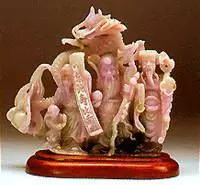
1. Overview of important periods related to Jewellery
This overview showcases the different materials, technologies, cultures and mindsets that produced the jewellery of the past. You will understand…
-
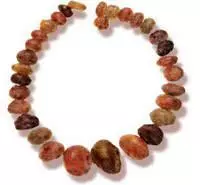
2. Jewellery from the Bronze Age and earlier
Basic yet powerful, the jewellery of the earliest humans was both ornamental and ceremonial. Explore the materials and many forms…
-
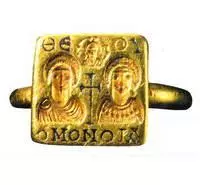
3. The Ancient World: 3000BC to 700AD
The increase in trade between emerging civilisations meant new materials and markets for jewellery craftsmen. Explore the creations of the…
-
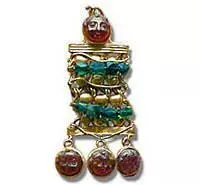
4. Jewellery of the Middle Ages 800AD to 1500 AD
The overwhelming effects of Christianity and the Roman Empire on jewellery during this time is undeniable. Simultaneously, important Asiatic contributions…
-
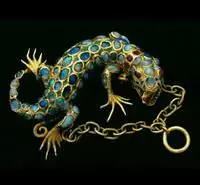
5. The Renaissance and Baroque Periods
The developments that led to what we now know as 'Baroque Pearls' are revealed. Exquisite pendants and brooches exemplifying the…
-
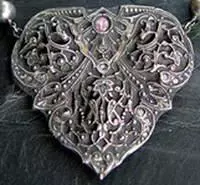
6. Rococo, Victorian and Belle Epoque Eras
Increased trade among the cities of Europe led to a burst of trends, such as the "hair jewellery" of the…
-
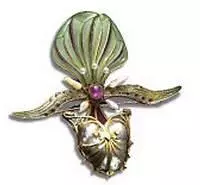
7. Art Nouveau: 1890-1914
Departing from the classicism which preceded it, Art Nouveau defined a new era full of flowing, organic shapes and floral…
-
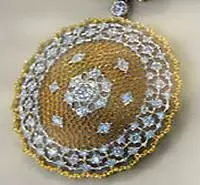
8. Edwardian Period: early 20th century
Sensual and feminine, the Edwardian era replaced the conservatism of the Victorian era. Signature design elements include intricate filigree and…
-
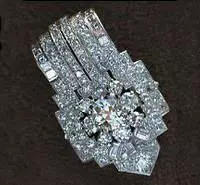
9. Art Deco: 1920-1940
The influence of modern architecture on Art Deco jewellery is revealed, especially in regard to the style's use of clean…
-
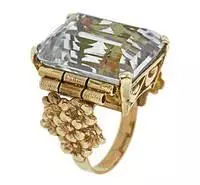
10. Retro Period: 1940-1960
As a result of the embargoes and difficulties of the Second World War, gemstones and precious metals became less accessible…
- 1
Course Instructors
-
Rob Schilling
Rob Schilling is an expert global trainer, professional coach, jewellery designer, and a JDMIS graduate. Rob has passionate interest and decades of experience working in both jewellery industry and corporate training for C-suite professionals.
Read More
- 1
-
Rob Schilling
Rob Schilling is an expert global trainer, professional coach, jewellery designer, and a JDMIS graduate. Rob has passionate interest and decades of experience working in both jewellery industry and corporate training for C-suite professionals. Read More
- 1
Student reviews
-
Tools and materials
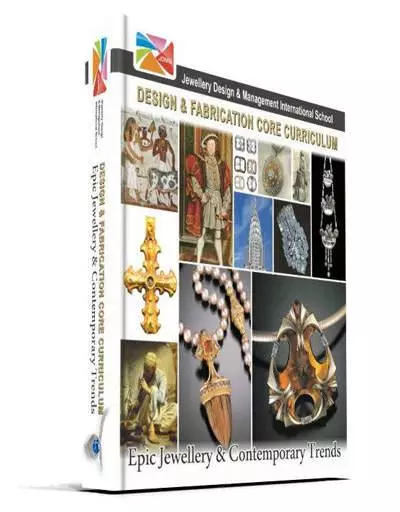
Like all JDMIS courses, students receive everything they need to complete all their coursework. In this course you receive over 500 pages of colour reference that are going to giude you through the entire duration of the course and beyond. All the references have been meticulously compiled by our expert team at JDMIS.
-
Learning path
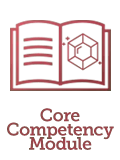
This course is a Core Component (CC) of all Diploma learning paths.
Next Step (Advanced Jeweller's Knowledge):
FT200 - Jewellery Fashion Trends 2: Aesthetic Self Discovery and Future Trends.Next Step (Complementary Jeweller's Knowledge):
GT100 - Jewellery Trade Practices 1: Gem and Jewellery Trade Secrets.Participants attending and completing this programme can choose to enroll for any full diploma.
-
Duration

30 hours
1 week (Full-time), or
5 weeks (Part-time)JDMIS runs weekday & weekend schedules for this popular course. JDMIS also has flexible make-up schedules and graduates can return without cost for refresher courses (subject to availability).
- 1
